Alpine Touring in Summit County
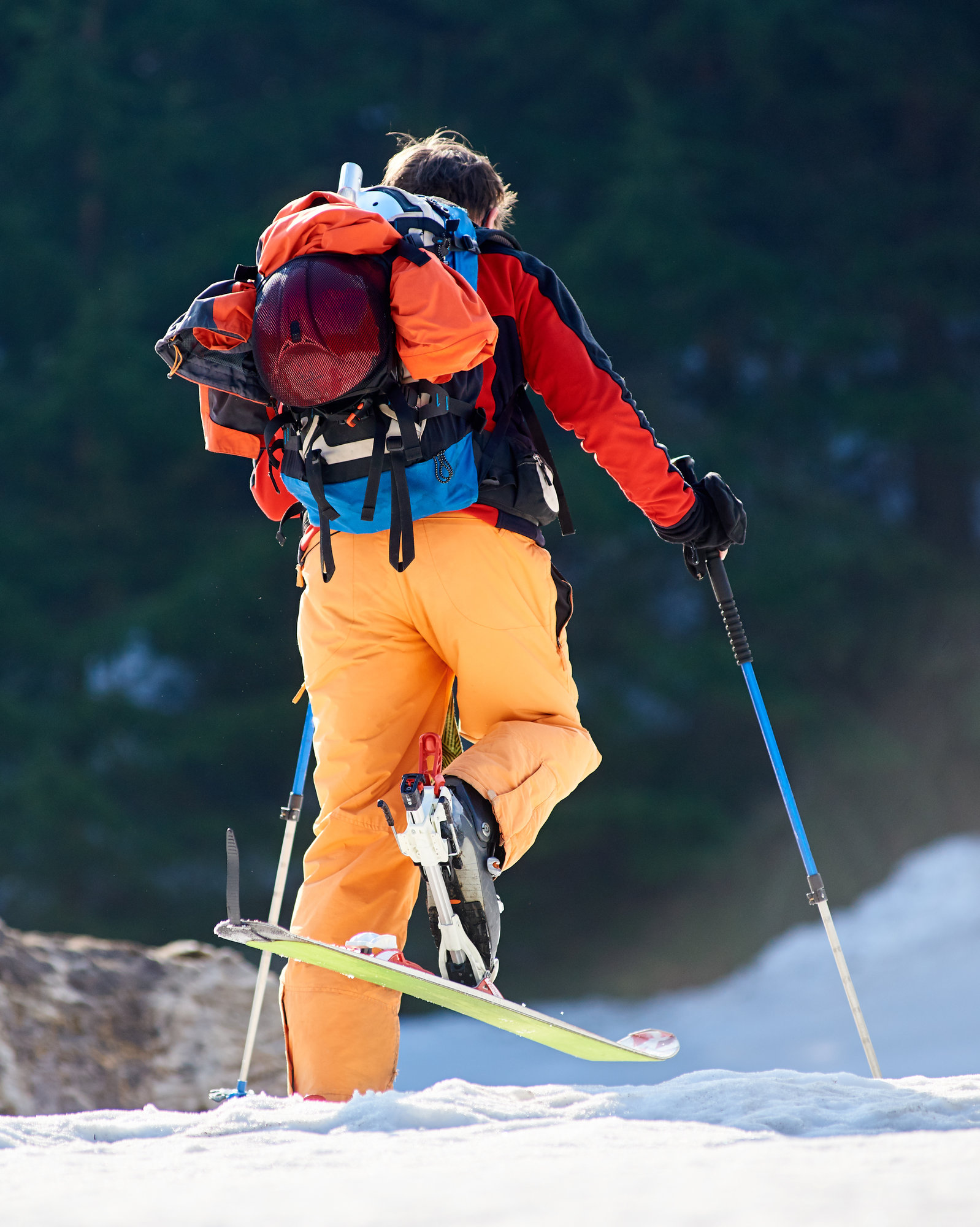 If you’ve ever looked out over snow covered terrain just outside of the groomed and monitored trails of the ski resort and wondered what it would be like to ski but haven’t taken the leap into the backcountry out of concern of terrain and avalanche danger, alpine touring may be for you! Alpine touring is the perfect choice for someone who doesn’t consider themselves to be a hardcore adventure extremist, but still wants to experience the backcountry on skis or a snowboard.
If you’ve ever looked out over snow covered terrain just outside of the groomed and monitored trails of the ski resort and wondered what it would be like to ski but haven’t taken the leap into the backcountry out of concern of terrain and avalanche danger, alpine touring may be for you! Alpine touring is the perfect choice for someone who doesn’t consider themselves to be a hardcore adventure extremist, but still wants to experience the backcountry on skis or a snowboard.
Luckily, Summit County offers plenty of options for those who want a “green run” type of backcountry experience! Something mellow for days when you want skis underfoot, but more peace and solitude than will be found where there are lift lines.
What is Alpine Touring?
Alpine touring combines elements of cross-country skiing and alpine skiing and falls somewhere in between the two. It may also be referred to as skinning, although the term skinning can apply to anyone climbing uphill with intent on skiing back down, no matter the difficulty of the terrain. Have you ever gone on an uphill winter hike in snowshoes? Alpine touring can be similar but a lot more fun going down!
Alpine Touring Equipment
Alpine touring equipment is lighter in weight than downhill ski equipment. The boots have adjustable cuffs for better uphill movement. The skis stay on the ground while the user glides uphill. Skins on the bottom of the skis prevent backward/downhill sliding. The bindings only lock the toe down, allowing the heel to rise for ease of walking, until you’re ready to head down at which point the heel gets locked down as well. Like downhill equipment, an alpine touring setup can be rented, although not all ski rental locations in Summit County offer Alpine Touring setups, so call your favorite sports shop ahead of time.
What to Wear Alpine Touring
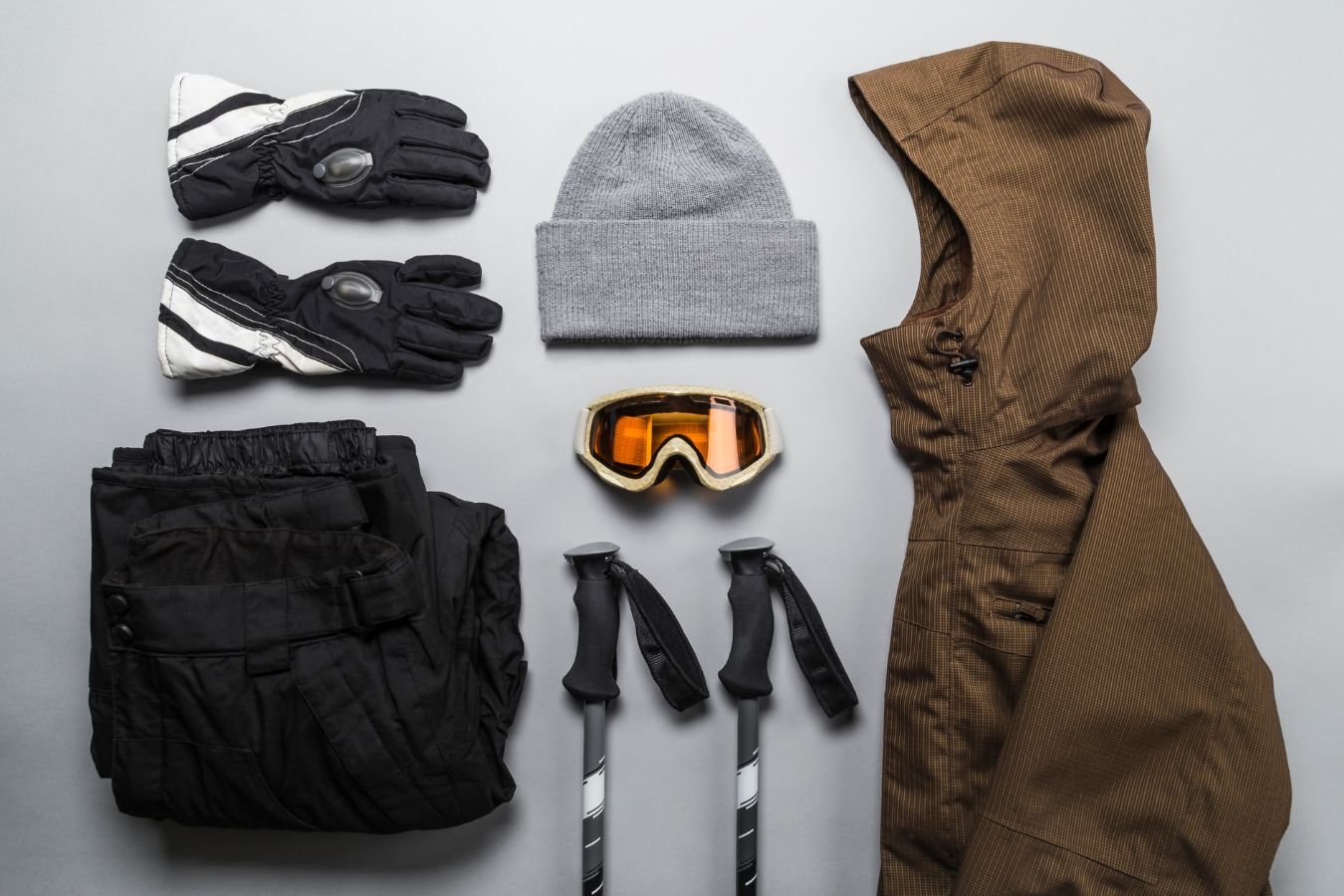
Managing your body temperature is an important part of any outdoor activity in the winter. Since alpine touring is a backcountry sport, you’ll need to climb up to the terrain that you’ll be skiing. The climb up will likely produce more body heat than you’ve experienced downhill or cross-country skiing. Without a thoughtful layering system to manage your body heat, you run the risk of overheating and sweating, then getting chilly as you reach higher elevations or when you ski down from your climb.
Your Layering System Should Include:
- Base Layer – A base layer for both the upper and lower body that is moisture wicking and fast drying is essential in a successful layering system. Choose clothing made from materials like merino wool or a thin synthetic. Avoid cotton, as it dries slowly and gets heavier with the more moisture it holds.
- Mid Layer – Your mid-layer provides the insulation that keeps you warm. Choose clothing made of synthetic fiber, such as a performance fleece or puffy synthetic jacket. Down loses its insulating capacity and gets heavy when it gets wet. In extremely cold temperatures, you may opt for fleece or insulated pants to wear between your base layer and snowpants.
- Outer Layer – Your outer layer, or shell, protects you from the elements. Choose clothing made from tri-ply Gore-Tex, that are waterproof and breathable. If you are going to be touring in an area with fresh powder and your snowpants do not have a bib, you may want to consider a jacket with a powder cuff or snow skirt to help keep you dry.
- Cover Your Extremities – Don’t forget to pack a hat, buff or neck gaiter, and gloves. You might want to pack glove liners and a pair of insulated gloves to layer for the ride down. Hand warmers are also a helpful item to pack on colder days.
- Your Pack – Since you will likely be adjusting your layers throughout your alpine tour, you will want a pack big enough to carry your spare layers, plus have room for snacks, water, and safety equipment. If you are touring in areas that suggest or even require a helmet, look for a pack that has a net or helmet clip.
Backcountry Safety for Alpine Touring
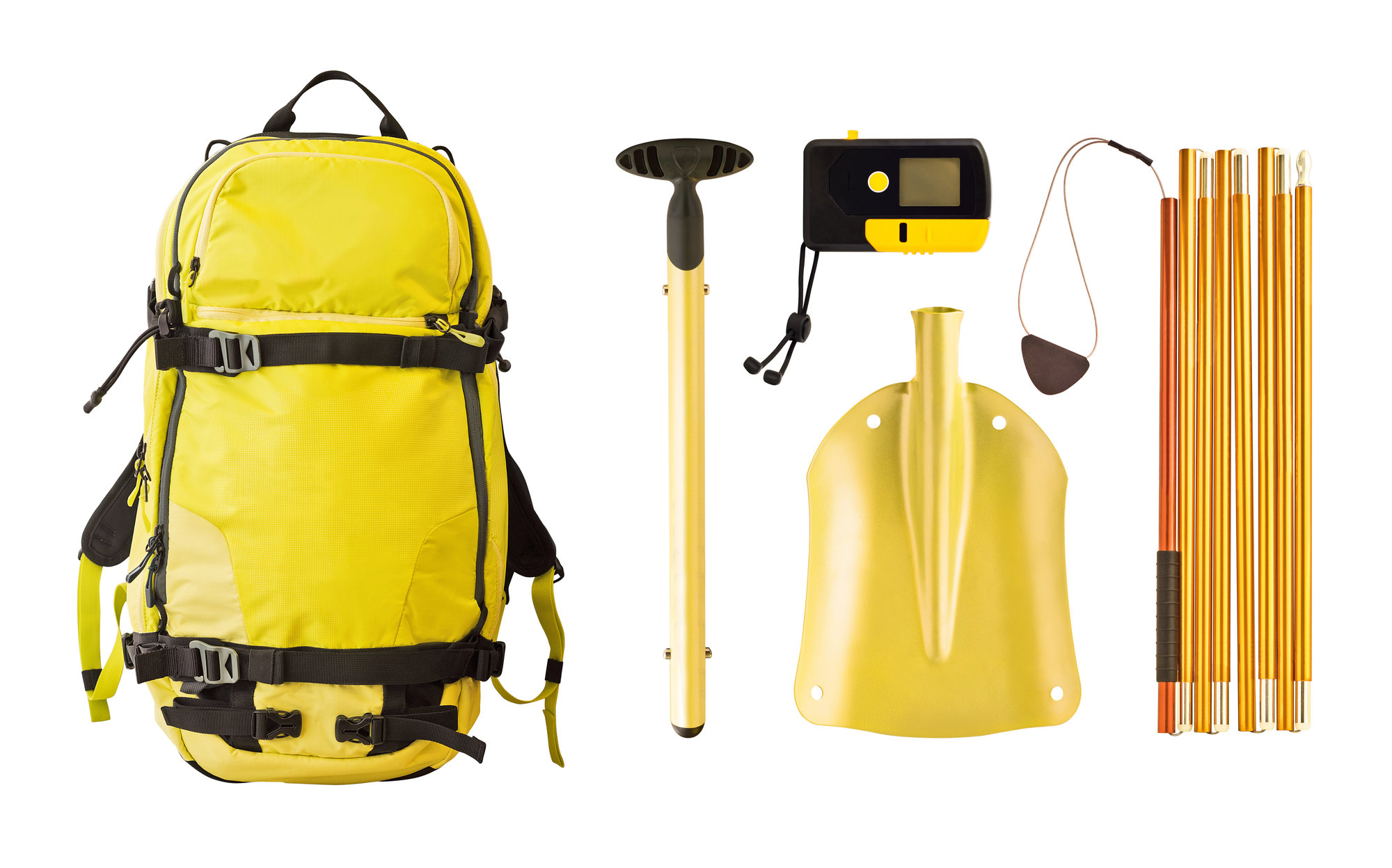
It’s important to develop and follow good backcountry habits, even when recreating in areas that you’re familiar with.
Always “know before you go”. The Colorado Avalanche Information Center (CAIC) provides avalanche forecasts, promotes safety awareness, and offers education for backcountry users. Check the home page of their website or social media accounts for up-to-date information on conditions and warnings for the backcountry.
You face different safety concerns during the winter than you do during other seasons in Summit County. If you plan on skiing or snowboarding in the backcountry, know the danger of tree wells, don’t go out alone, and carry a personal locator beacon or satellite messenger, such as a Garmin In-Reach or ACR personal locator beacon.
If you plan on venturing into more difficult terrain, we recommend taking an avalanche safety course through CAIC first and carrying avalanche equipment like a backcountry shovel, snow probe, and an airbag pack.
Lastly, remember to take breaks often to rest and stay hydrated. Pack water in an insulated water bottle with a wide mouth, as water can freeze in uninsulated bladders and hydration tubes when temperatures drop as elevation increases.
Where to go Alpine Touring in Summit County
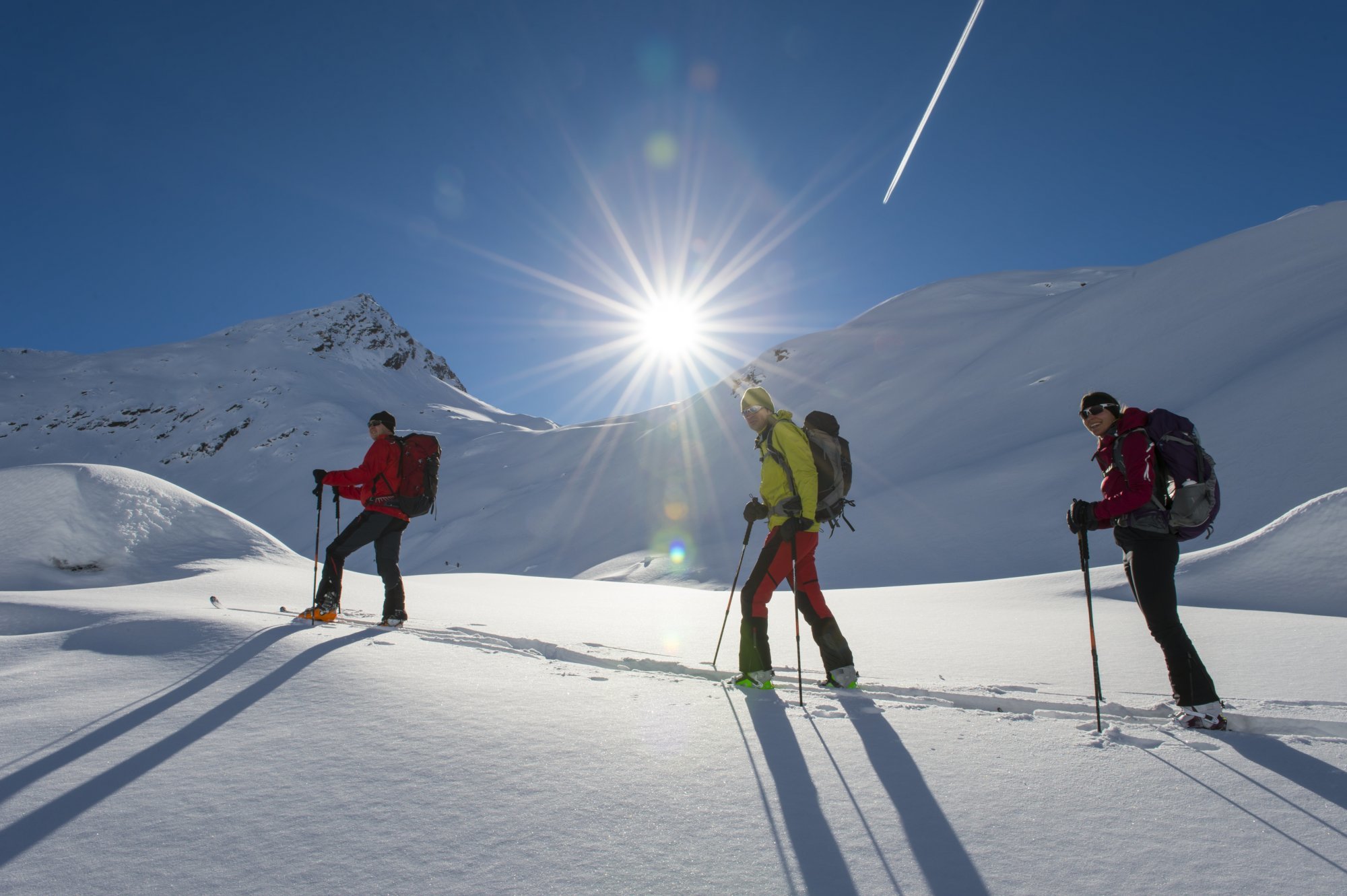
An extensive list of winter recreation trails can be found on the Dillon Ranger District website. We’ve included some of our favorite beginner to moderate trails to check out if you’re new to Alpine Touring:
- Mayflower Gulch - 6.1 mile out-and-back trail, considered moderately challenging.
- Baldy Trailhead - roughly 9 miles round trip to the Summit, rated as moderate to difficult.
- Boreas Pass Road (past the gate where the road is closed for the winter) - 2.5 mile loop, rated as moderate.
- Blue Lakes Trail - 1.0 mile out-and-back trail, rated as easy.
- Burro Trail - 5.9 mile out-and-back trail, considered moderately challenging.
- French Gulch - 4.6 mile out-and-back trail, considered moderately challenging.
- Sallie Barber Mine - 2.8 mile out-and-back trail, rated as easy.
- Summit County Rec Path - 2.7 mile out-and-back trail, considered easy.
The trails listed above are well trafficked, even in the winter months, and are not in areas prone to avalanche danger. However, we still recommend checking the Colorado Avalanche Information Center’s website before heading out.
Ready to Go Full Send on Summit County?
The Summit County lifestyle is perfect for those who thrive on the combination of nature and sport. If it’s time for you to make that lifestyle your own, please reach out to one of our professional Breckenridge Associates agents today at 970-453-2200. We are here to help with bring your real estate goals to life this year!
Posted by Breckenridge Associates Real Estate on
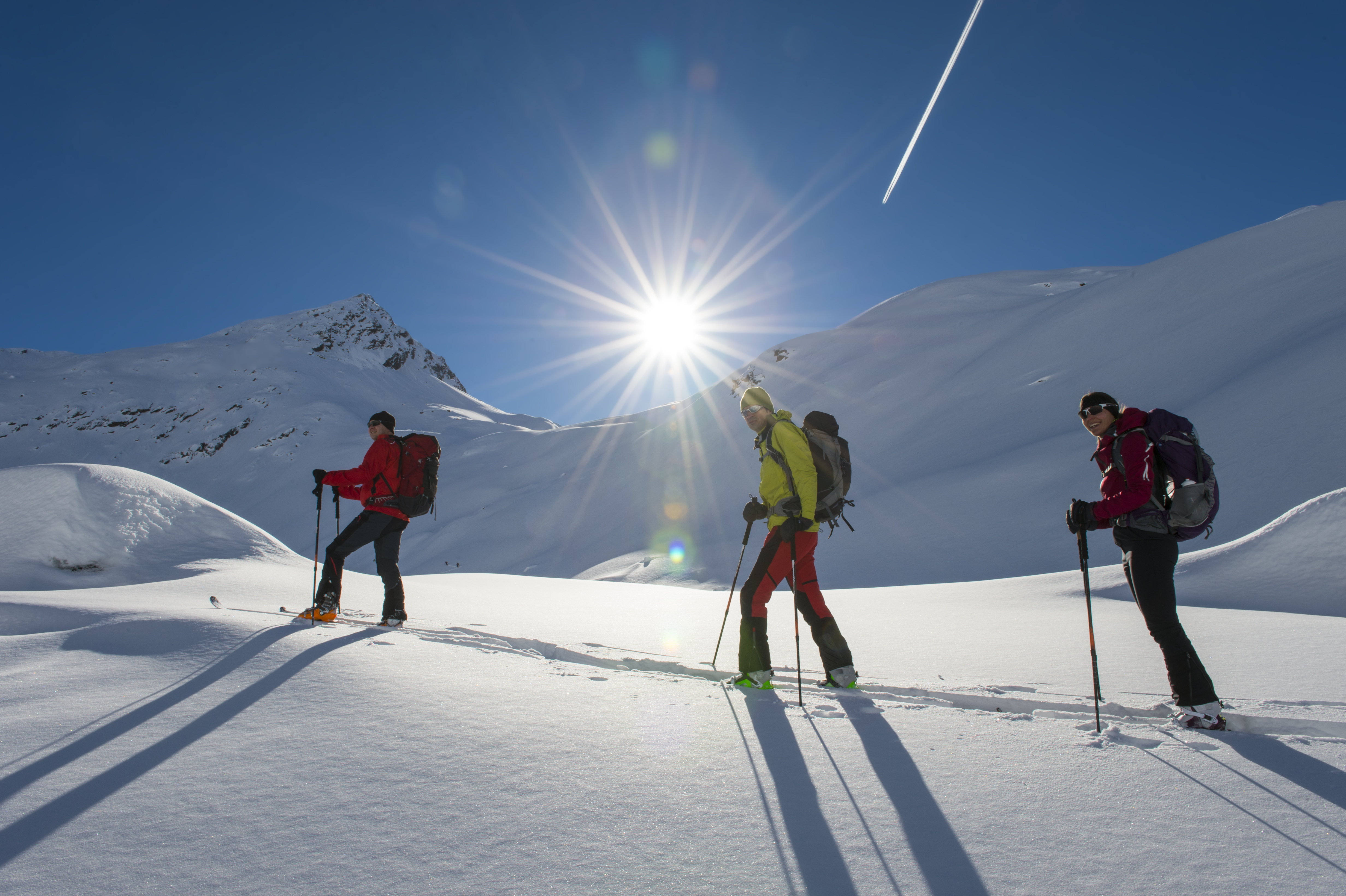
Leave A Comment